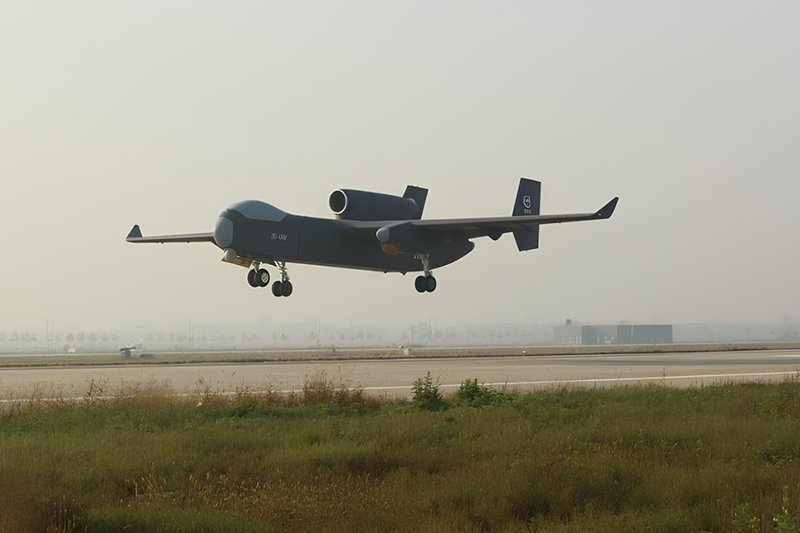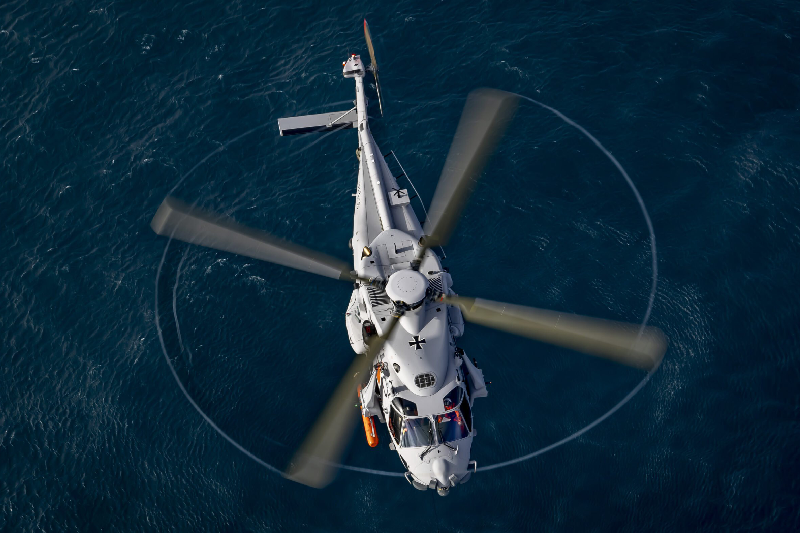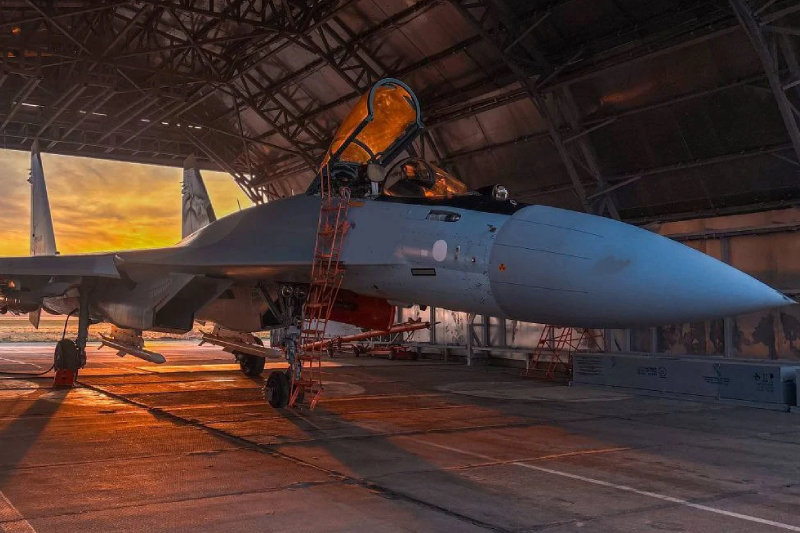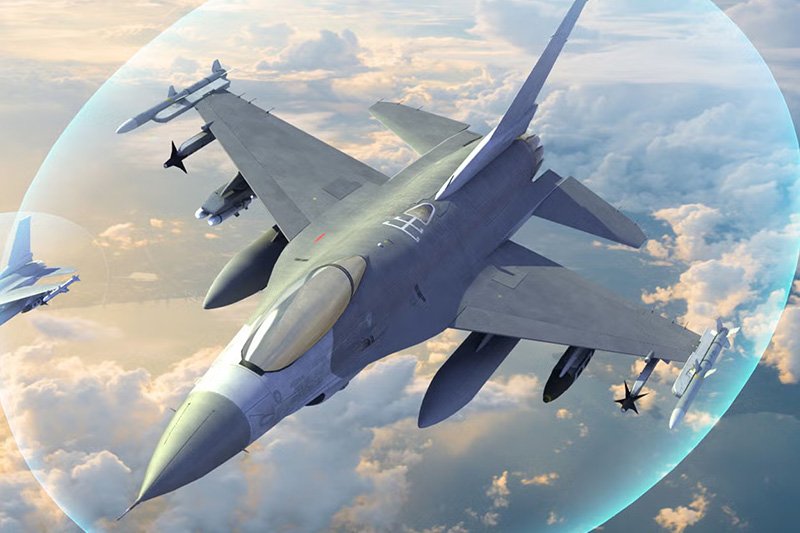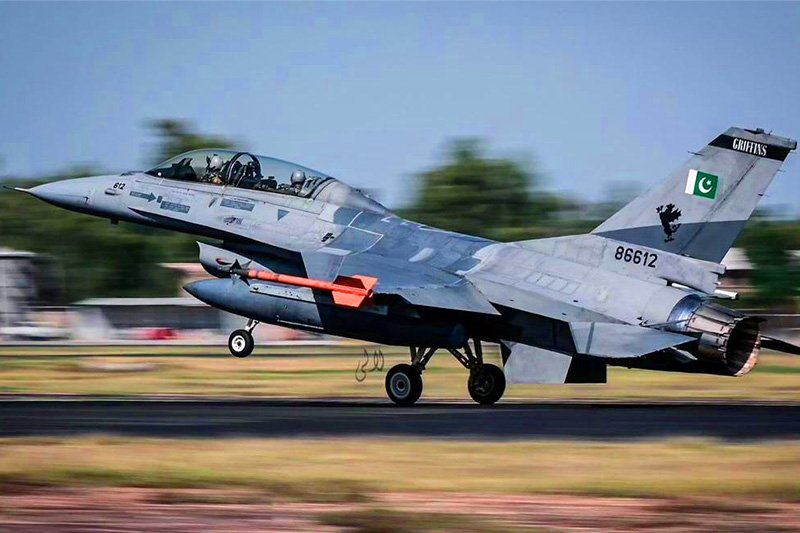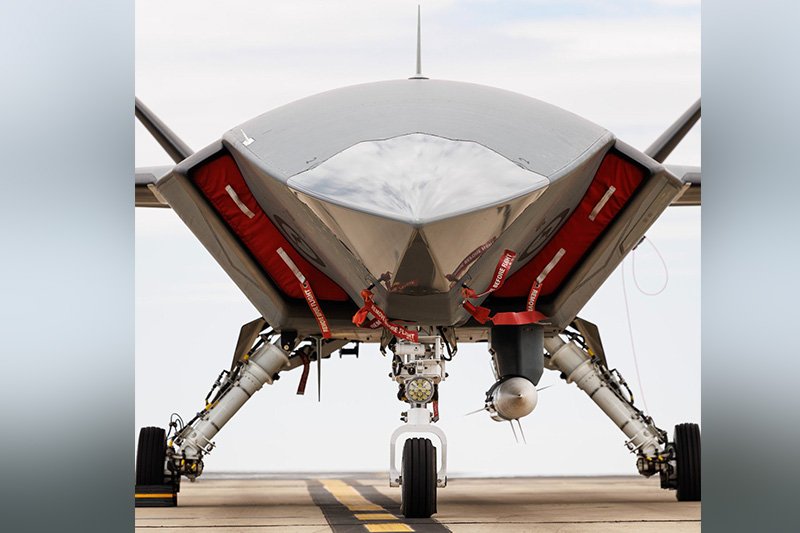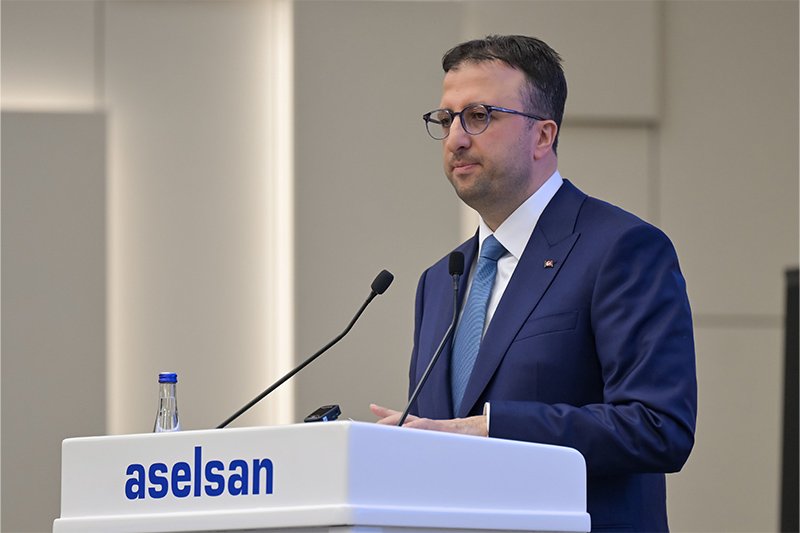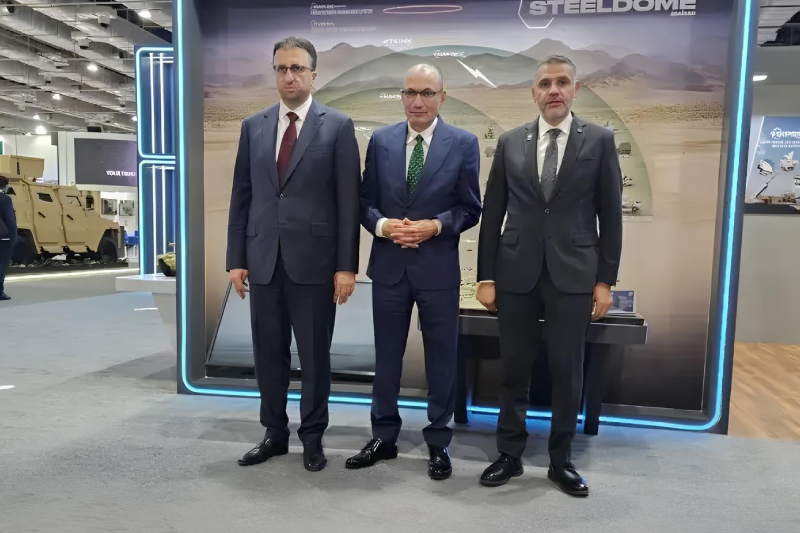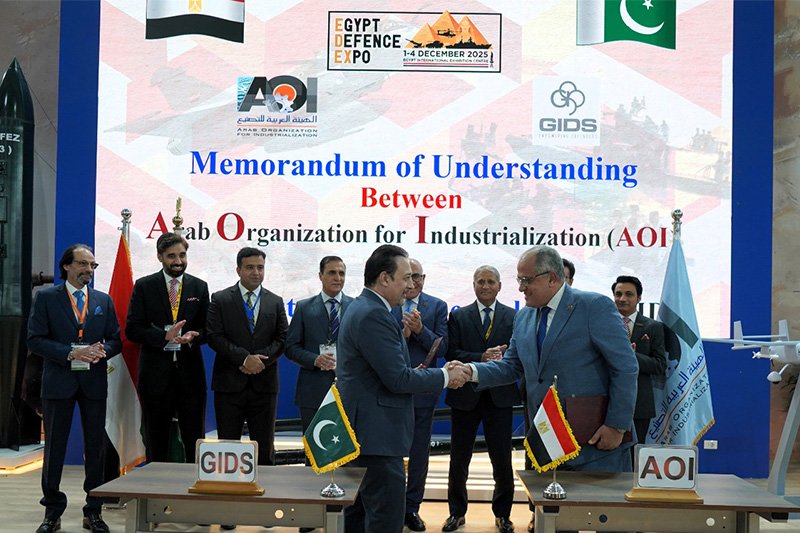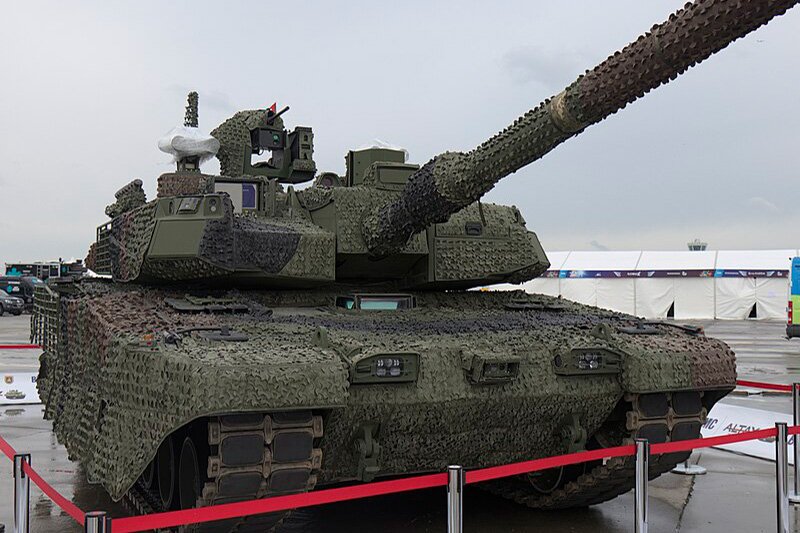Turkiye Begins Deployment of Next-Gen Altay Tank
Turkiye has officially entered a new phase in its defense industry as the domestically developed Altay main battle tank joins the inventory of the Turkish Armed Forces, marking a historic achievement in indigenous military technology. The first delivery of the new-generation Altay tank took place today at a ceremony attended by President Recep Tayyip Erdoğan in Kahramankazan, simultaneously marking the opening of BMC’s Ankara Tank and Next-Generation Armored Vehicle Production Facility and the beginning of serial production for the Altay. This milestone delivery of the new-generation Altay tank represents the culmination of more than a decade of engineering efforts to supply Turkish land forces with an indigenous main battle tank that reduces foreign dependency and incorporates combat-proven design features.
According to Turkish media reports, the event formally titled BMC Ankara Tank and Next-Generation Armored Vehicle Production Facility Opening and Initial New Altay Tank Delivery Ceremony represents a significant milestone in Turkiye’s long-standing effort to achieve self-sufficiency in armored warfare systems. The ceremony combined multiple symbolic elements: showcasing Turkiye’s advanced manufacturing capabilities, demonstrating presidential commitment to defense independence, and highlighting the nation’s transition from arms importer to sophisticated military technology producer capable of developing complex combat systems.
The initial production phase uses an imported power pack to accelerate fielding timelines, but will transition to the domestically developed BATU power group in the next stage, eliminating foreign dependency in this critical subsystem. Under the project plan, 250 tanks will be delivered to the Land Forces Command 85 in the T1 configuration providing immediate capability enhancement and 165 in the advanced T2 configuration incorporating next-generation technologies. This phased approach balances urgent operational requirements with long-term technological advancement objectives.
Engineers say the current generation, called “Yeni Altay” (New Altay), integrates additional capabilities developed after the prototype stage, including those that replaced components previously restricted by export licenses from foreign suppliers. As noted by the Turkish Presidency of Defense Industries (SSB) in earlier briefings, these enhancements have produced a tank with improved firepower, protection, and combat endurance fully aligned with the latest operational lessons learned from regional conflicts including Syrian operations and observations from conflicts in Ukraine and Azerbaijan.
The Altay T1 configuration has been redesigned according to a new protection concept inspired by recent combat experience and future operational requirements of the Turkish Armed Forces. It combines passive armor, reactive armor, and active protection systems, offering comprehensive all-around defense against both kinetic penetrators and guided anti-tank threats including tandem-warhead missiles. This multi-layered approach reflects modern battlefield realities where tanks face diverse threats from multiple vectors simultaneously.
The upgraded design includes a 360-degree Active Protection System capable of intercepting incoming projectiles, a modernized armor package optimized for current threat environments, and a revised fire control system providing enhanced target acquisition and engagement capabilities. The tank’s vehicle control architecture, gunner’s secondary sight system, tracks, turret ring gear, fuel and hydraulic pumps, periscopes, and rotor units have all been localized as part of the broader effort to reduce foreign dependence and establish sovereign capability in critical subsystems.
BMC said the T1 variant provides layered protection, integrating new-generation explosive reactive armor (ERA) and slat armor to counter rocket-propelled grenades and guided missile attacks that have proven devastating against inadequately protected armor in recent conflicts. Additional measures include blast mitigation systems within ammunition compartments preventing catastrophic detonation and an expanded turret rear section improving crew survivability during rear-aspect attacks. These features directly address vulnerabilities observed in combat operations across multiple theaters.
The Altay’s modern hybrid protection suite optimizes maneuverability and agility while ensuring battlefield endurance necessary for sustained operations. The tank’s main gun, high-precision fire control system, and targeting systems allow it to engage effectively under modern combat conditions including long-range engagements, moving targets, and degraded visibility environments. According to BMC, the vehicle’s firepower and protection levels place it among the world’s advanced main battle tanks, combining the survivability of heavy Western platforms like the M1 Abrams and Leopard 2A7 with the mobility and adaptability needed for diverse regional environments.
In 2023, two pre-production Altay tanks were delivered to the Turkish Land Forces for comprehensive serial production testing in realistic conditions. Feedback from these extensive trials shaped the final production configuration, addressing issues identified during evaluation and incorporating operator preferences. Serial manufacturing will continue with the Altay T2, which incorporates further upgrades in protection, electronics, and command systems including enhanced battlefield management capabilities and network-centric warfare integration.
The Altay program began more than a decade ago as Turkiye sought to reduce reliance on foreign suppliers for its armored vehicle fleet following difficulties obtaining upgrades and spare parts. The project was initially based on technology transfer from South Korea’s K2 Black Panther tank, particularly in engine and transmission systems. However, export licensing issues prompted a broad localization initiative that led to the development of Turkiye’s own subsystems, including the BATU indigenous power unit designed by BMC Power, representing a complete diesel engine and automatic transmission specifically engineered for heavy combat vehicles.
Over the years, the Altay project faced significant delays due to restrictions on critical imports, including engines, transmissions, and fire control components as various suppliers declined export authorization. Turkish engineers responded with a comprehensive domestic substitution plan, culminating in the “New Altay” version delivered today. This adversity-driven innovation transformed potential program failure into an opportunity for establishing comprehensive indigenous capabilities that will benefit future Turkish armored vehicle programs.
Turkiye’s growing experience with combat operations in Syria, Iraq, and other regional environments influenced many of the tank’s design decisions and operational requirements. Field feedback from Turkish Land Forces units operating Leopard 2A4 and M60T Sabra tanks in actual combat helped define requirements for enhanced protection against improvised explosive devices and anti-tank guided missiles, improved crew safety features, and sensor fusion capabilities enabling effective operations in complex urban and mountainous terrain.
In previous statements, BMC officials highlighted that the Altay project reflects Turkiye’s evolving defense production philosophy combining local industrial capability with combat-driven design priorities rather than simply replicating foreign designs. The Kahramankazan facility, where today’s ceremony took place, was established as a national production hub for both tanks and other next-generation armored vehicles, supporting Turkiye’s long-term strategic independence in defense manufacturing while providing employment and developing advanced engineering expertise.
Also read this: Turkiye’s Deploys New Indigenous Kamikaze Drone
As the Altay enters full-scale production, the focus will shift to completing the T2 variant, integrating the BATU indigenous power group and further enhancing onboard electronics including artificial intelligence-assisted target recognition. With these advancements, the Altay is expected to form the backbone of Turkiye’s armored forces for decades to come, representing a major step toward self-sufficiency in land warfare systems and potentially opening export opportunities to nations seeking capable main battle tanks without political restrictions associated with Western suppliers.
Keep connected with us at Facebook, Twitter, YouTube, Instagram & TikTok for latest defense happening around the globe.
Discover more from International Defence Analysis
Subscribe to get the latest posts sent to your email.


